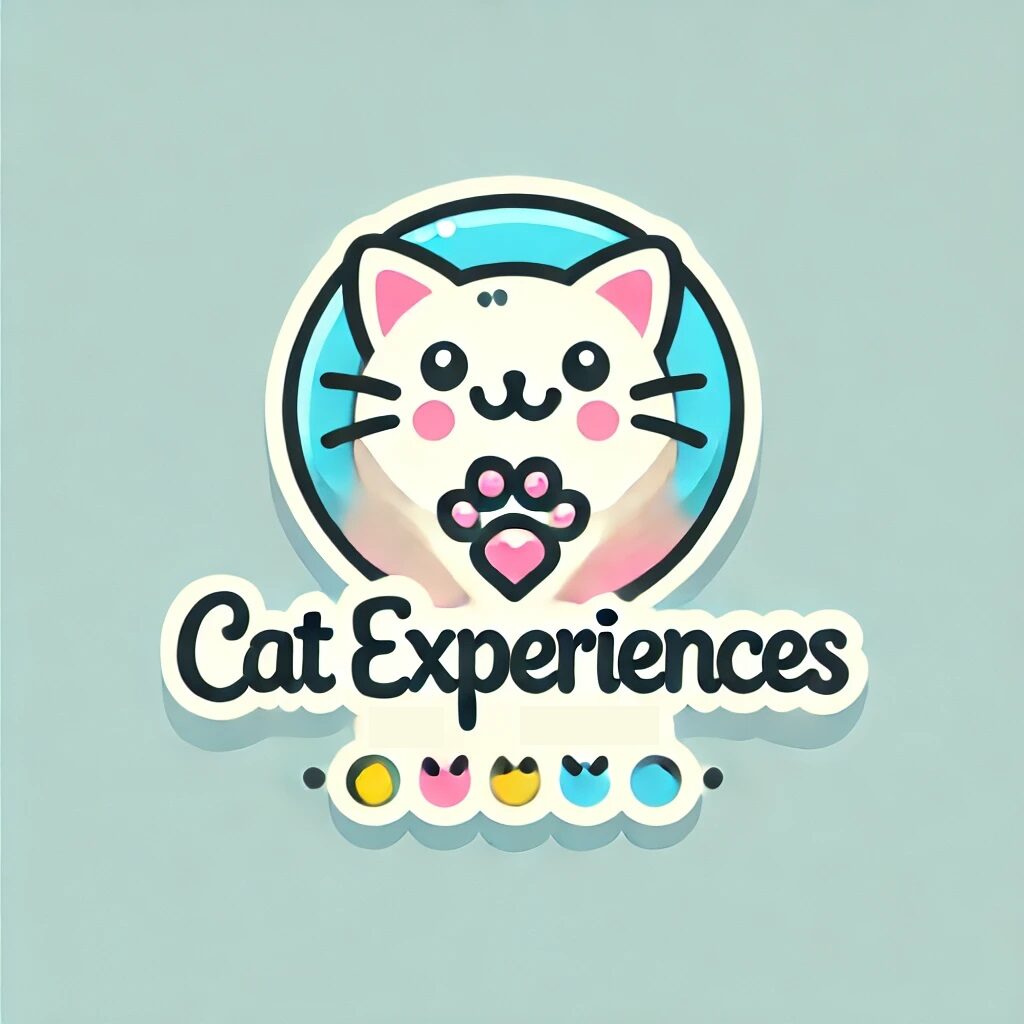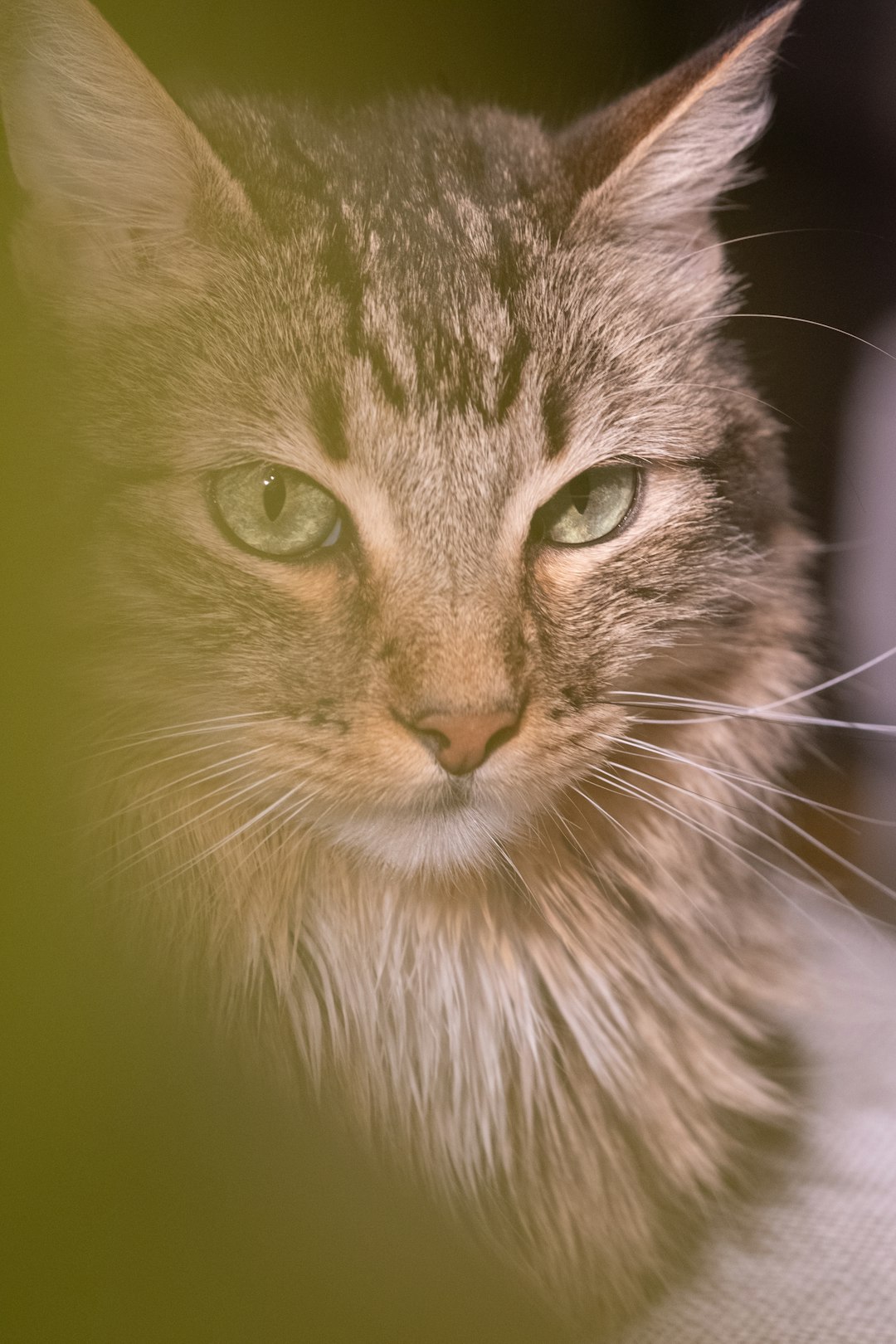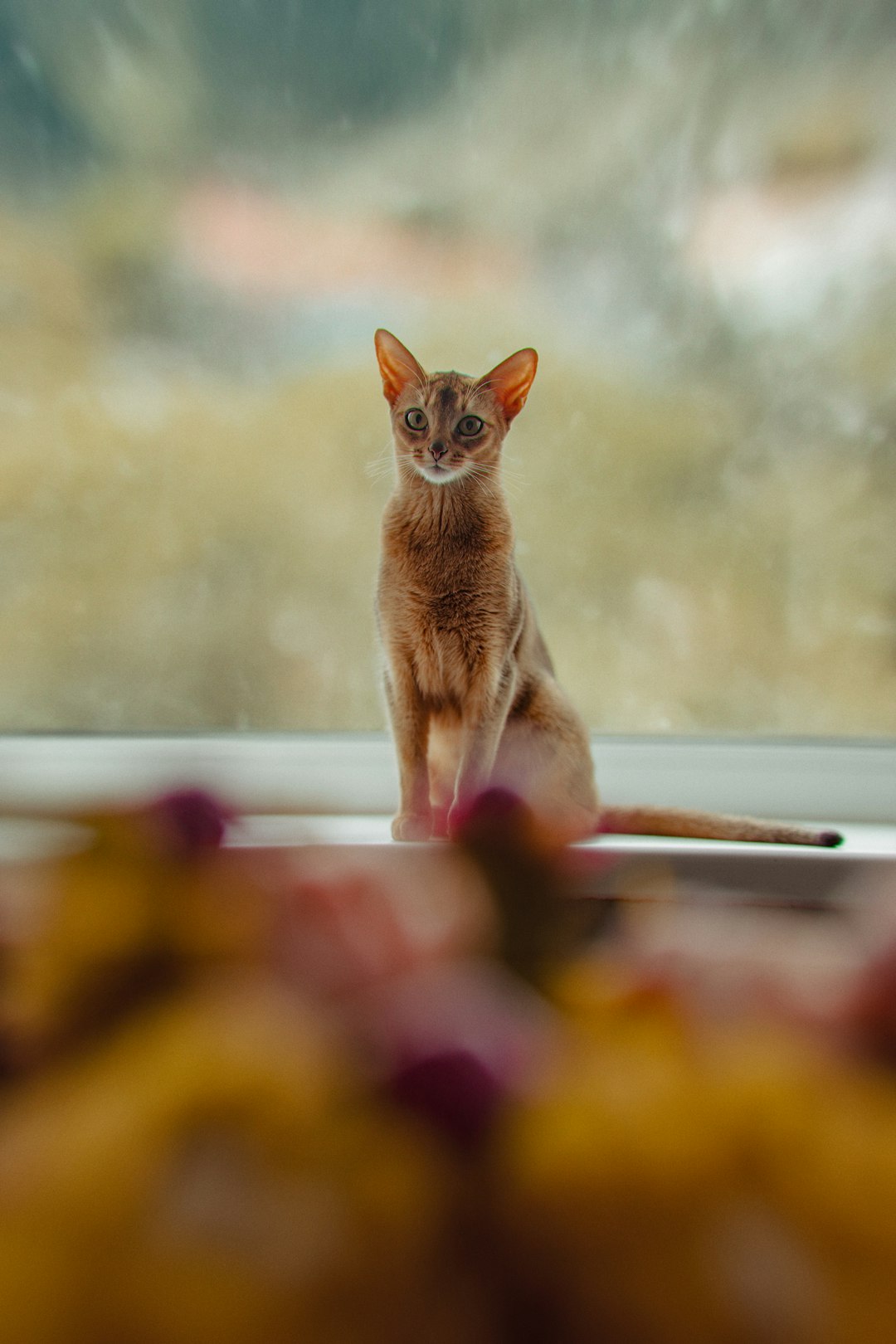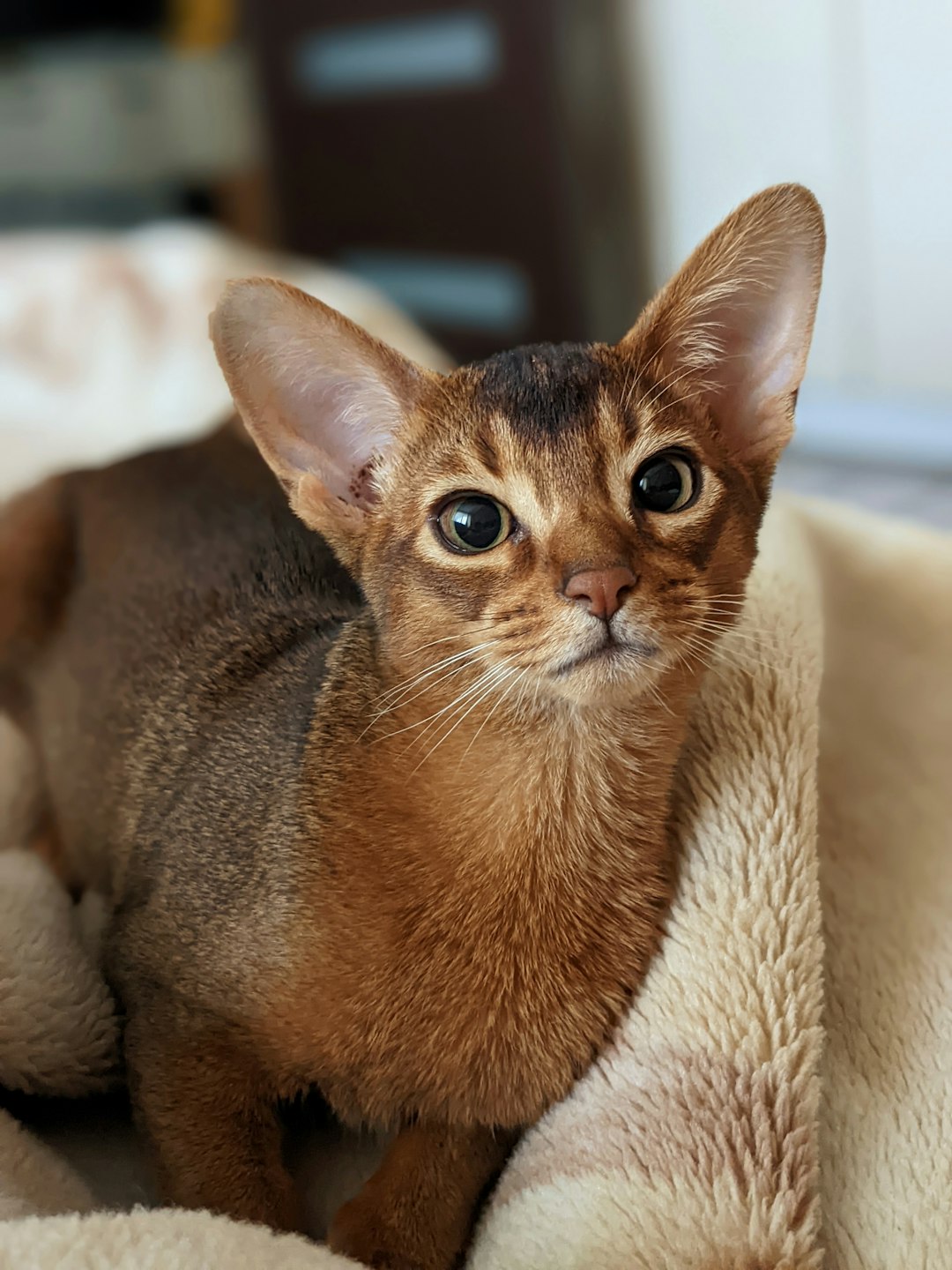Dilute tortoiseshell cats are a captivating blend of colors and personality traits that many cat enthusiasts admire. Typically featuring soft shades of cream, gray, and muted orange, these cats present a unique aesthetic compared to their traditional counterparts. Understanding the characteristics and genetics behind dilute tortoiseshell patterns not only enhances your appreciation for these felines but also provides insights into their care needs and health considerations. As you delve into the world of dilute tortoiseshell cats, you’ll discover how their enchanting looks often reflect equally charming temperaments.
Overview of Dilute Tortoiseshell Coat Colors
Dilute tortoiseshell represents a softer, more muted variation of the traditional tortoiseshell pattern. This fascinating coat color features uniquely blended hues that create an appealing visual experience. Here’s what you need to know about the colors that make up the dilute tortoiseshell:
Colors: The primary colors in dilute tortoiseshell cats include:
- Cream: A soft, light beige often predominant in the coat.
- Gray: A gentle hue of blue that combines beautifully with cream.
Pattern: Dilute tortoiseshell cats display a marbled appearance, blending cream and gray, resulting in an overall striking effect.
Variability: Each dilute tortoiseshell can differ in color distribution, with some showcasing more cream and others emphasizing the gray.
In summary, the dilute tortoiseshell coat is not only visually captivating but also varies significantly among individual cats, making each one unique. This coat type continues to charm cat lovers with its delicate yet dynamic color palette.
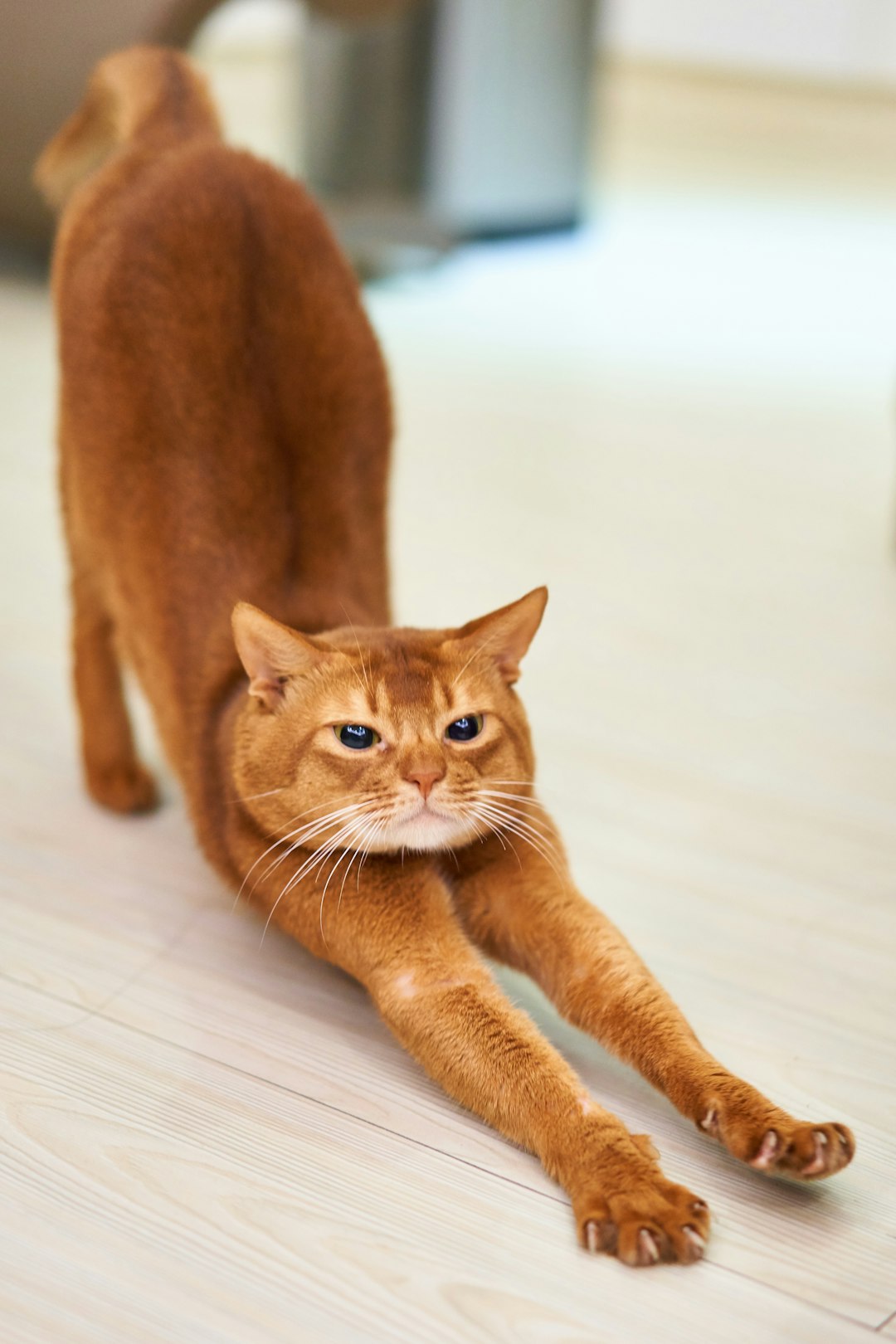
Differences Between Traditional and Dilute Tortoiseshell
Understanding the differences between traditional and dilute tortoiseshell cats can enhance your appreciation for these unique felines. Here’s a brief comparison:
| Characteristic | Traditional Tortoiseshell | Dilute Tortoiseshell |
|---|---|---|
| Color Saturation | Rich, vibrant colors | Softer, muted colors |
| Color Combinations | Black and orange | Gray and cream |
| Overall Appearance | Bold, striking patterns | Subtle, blended patterns |
| Common Breeds | Any breed with the genes | Often seen in domestic cats |
| Personality Traits | Fiery and independent | Gentle and affectionate |
Traditional tortoiseshell features bold, contrasting hues, while dilute tortoiseshell displays softer and more pastel shades. This softening results from the dilution of black pigment into gray, creating a more delicate appearance.
Additionally, personality traits often differ; dilute tortoiseshell cats tend to be more mellow and affectionate compared to their traditional counterparts. Recognizing these variations not only aids in understanding dilute tortoiseshell cats but also helps in choosing the right companion for your lifestyle.
Common Colors in Dilute Tortoiseshell Cats
Dilute tortoiseshell cats showcase a beautiful blend of soft, muted colors that differentiate them from traditional tortoiseshell cats. Their unique coloration often creates a stunning visual appeal. Here are the most common colors you can find in dilute tortoiseshell cats:
- Soft Cream: This light hue can range from beige to a very light, almost white color, giving a delicate look.
- Faded Orange: Instead of vibrant orange, expect a washed-out or pastel version, adding warmth without overwhelming brightness.
- Blue-gray: A calming and soothing shade, blue-gray adds depth to the overall appearance of dilute tortoiseshell cats.
- Buttercream: This buttery yellow tone often appears mixed with the other colors, providing a luminous effect.
Color Comparison Table
| Color | Description |
|---|---|
| Soft Cream | Light beige to white |
| Faded Orange | Pastel version of orange |
| Blue-gray | Calm, soothing gray |
| Buttercream | Light yellow mixed with others |
These varying shades come together in a mosaic-like pattern, making each dilute tortoiseshell cat truly one-of-a-kind.
The Genetics Behind Dilute Tortoiseshell Patterns
Understanding the genetics of dilute tortoiseshell patterns is essential to appreciate these unique coat colors. Dilute tortoiseshells result from a specific dilution of the traditional tortoiseshell colors, which typically include black and orange. Here are key genetic factors:
X-linked Genetics: The tortoiseshell pattern occurs in females due to its location on the X chromosome. Male cats usually display solid colors since they have only one X chromosome.
Dilution Gene: The presence of the "d" gene is crucial. In dilute tortoiseshells, this gene lightens the traditional black to gray and orange to cream.
Combination of Alleles: The interaction between the dominant black (B) and recessive dilute (d) alleles determines the final appearance:
| Allele Combination | Resulting Color |
|---|---|
| BB (homozygous) | Black |
| Bb (heterozygous) | Black |
| dd (homozygous) | Gray |
| Bbdd (dilute) | Gray and cream mix |
In summary, the striking and unique appearance of dilute tortoiseshell cats comes from a combination of sex-linked genetics and specific dilution genes, leading to their captivating patterns and colors.
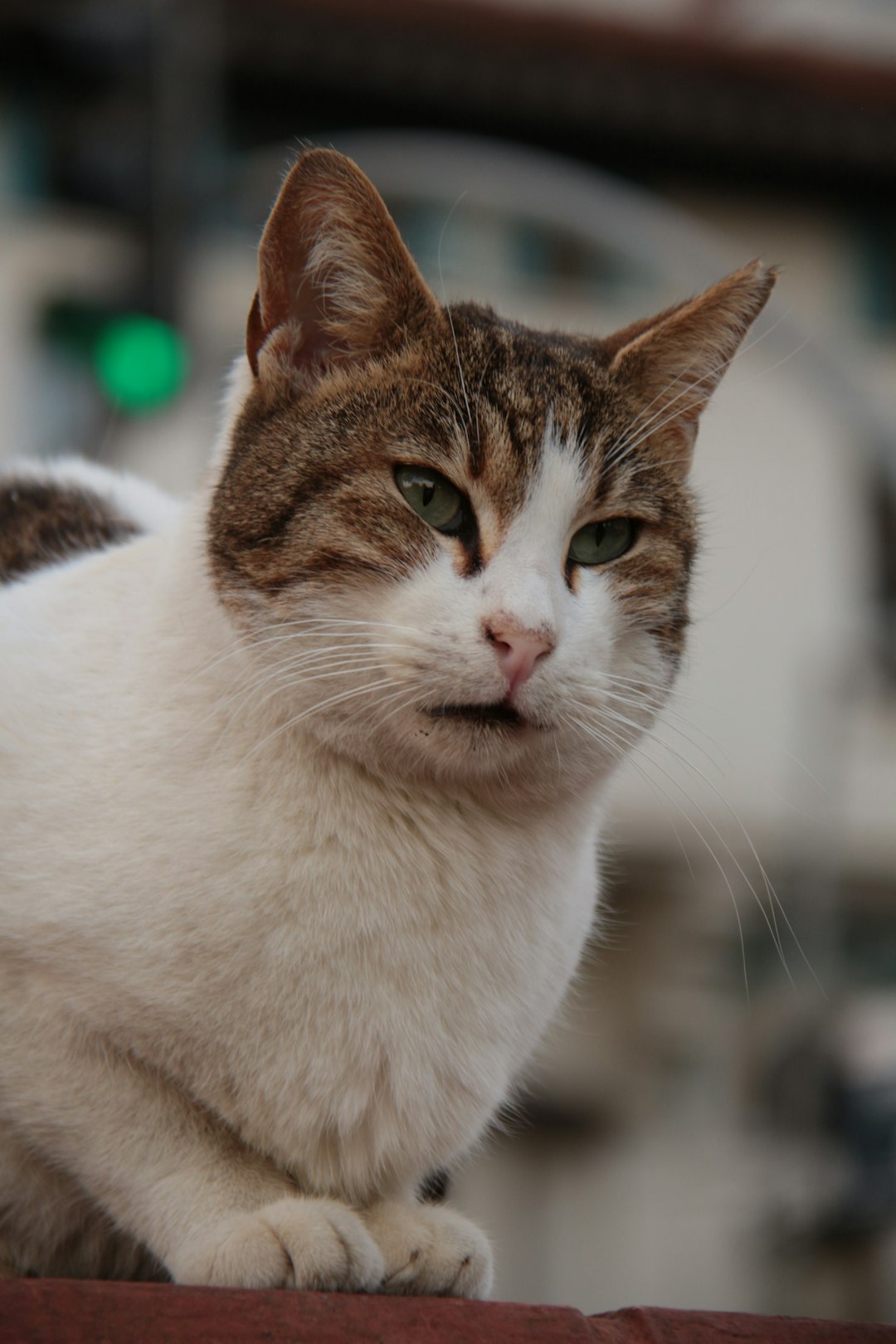
Personality Traits of Dilute Tortoiseshell Cats
Dilute tortoiseshell cats are not just beautiful; they also possess unique personality traits that make them delightful companions. Characteristically, these cats exhibit a blend of traits influenced by their mixed heritage. Here are some key characteristics often found in dilute tortoiseshell cats:
Affectionate: Many dilute tortoiseshell cats are known for their loving nature. They form strong bonds with their humans, seeking affection and cuddles.
Playful: Their playful demeanor keeps them actively engaged. They love interactive toys and games, making playtime a fun experience for both the cat and owner.
Curious: These cats have a keen interest in their surroundings. They enjoy exploring and observing everything happening in their environment.
Independent: While they love companionship, dilute tortoiseshell cats also appreciate their independence. They can entertain themselves and often exhibit a calm confidence.
In summary, dilute tortoiseshell cats blend warmth, curiosity, and playfulness, making them charming additions to any family. Choosing to adopt one means bringing home not only beauty but also a delightful personality!
How to Care for Dilute Tortoiseshell Cats
Caring for dilute tortoiseshell cats requires attention to their unique needs. The beauty of their coat deserves proper maintenance, alongside general feline care. Here are some essential tips:
Grooming: Regular brushing helps prevent matting and manages shedding. Aim for at least once a week to keep their coat healthy and shiny.
Diet: Provide a balanced diet rich in nutrients. Look for high-quality cat food without fillers. Consider consulting your veterinarian for personalized recommendations.
Exercise: Engage your dilute tortoiseshell in play. Interactive toys and climbing structures will stimulate their mind and body, ensuring they stay active.
Health Check-ups: Schedule regular vet visits. Routine check-ups help catch any health issues early, ensuring your cat remains happy and healthy.
Litter Box Maintenance: Keep the litter box clean. Scoop daily and change the litter regularly to maintain a fresh environment.
By adhering to these care tips, you can ensure your dilute tortoiseshell leads a fulfilling, healthy life, full of joy and companionship.
Health Considerations for Dilute Tortoiseshell Breeds
When considering a dilute tortoiseshell cat, it’s essential to be aware of specific health issues that may affect this unique breed. Although dilute tortoiseshells are generally healthy, certain conditions can be more prevalent:
- Genetic Disorders: Some dilute tortoiseshell cats may inherit genetic conditions, such as hip dysplasia or heart disease. Regular vet check-ups can help assess these risks.
- Dental Issues: Like many breeds, dilute tortoiseshells may suffer from dental problems. Maintaining oral hygiene can minimize this concern.
- Weight Management: Dilute tortoiseshell cats can be prone to obesity. A balanced diet and regular exercise are crucial for keeping them fit and healthy.
| Health Considerations | Frequency |
|---|---|
| Genetic Disorders | Moderate |
| Dental Issues | Common |
| Weight Management | High |
By staying proactive in their care, you can ensure that your dilute tortoiseshell enjoys a long, happy life. Always consult with a veterinarian about any health concerns or changes in behavior.
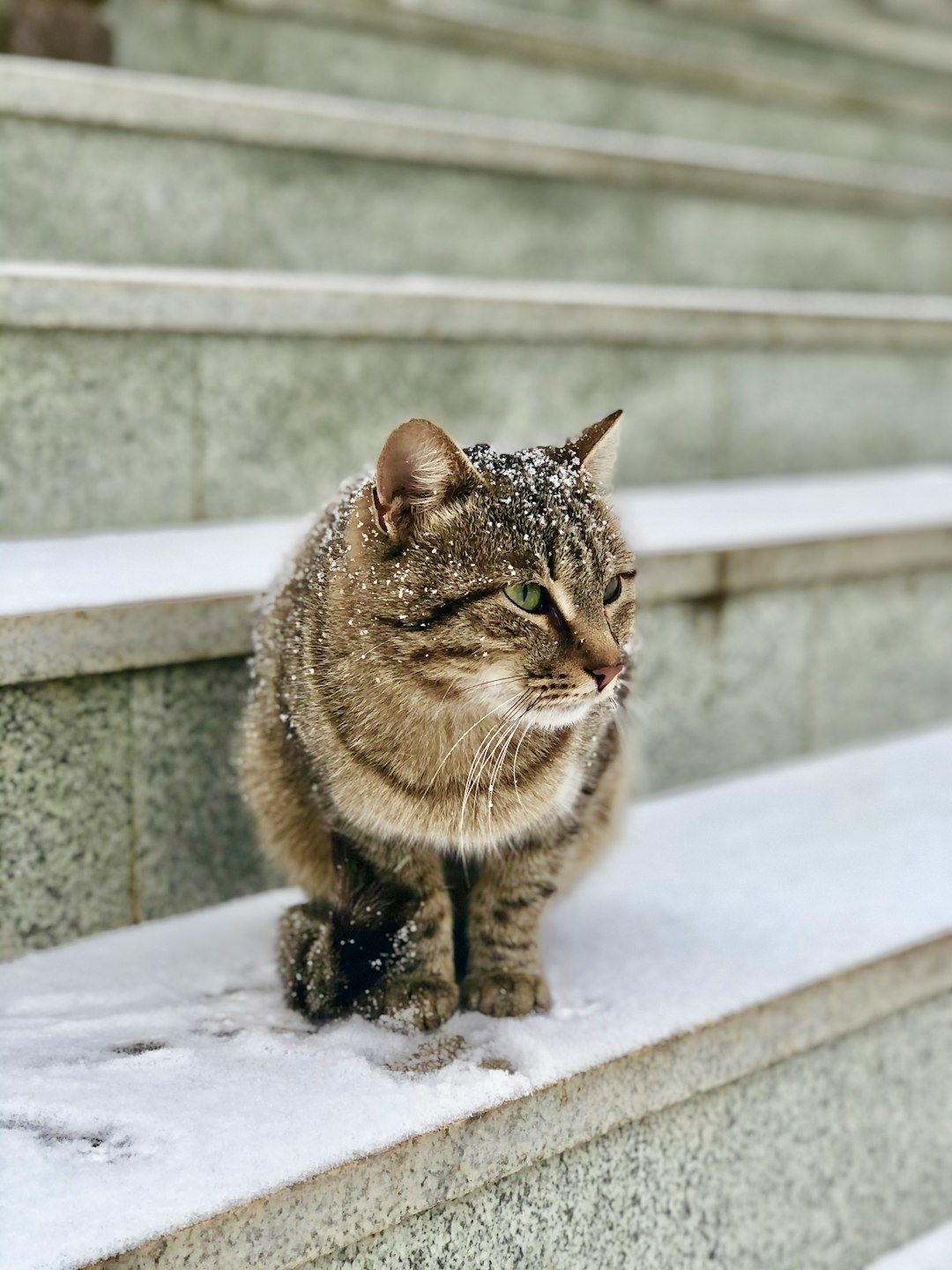
Finding a Dilute Tortoiseshell Cat: Adoption Tips
Adopting a dilute tortoiseshell cat can be a rewarding experience, but it requires careful consideration. Here are some essential tips to help you find the perfect companion:
Research Breeds: Understand the characteristics of dilute tortoiseshell cats, including their coat colors and personality traits. This knowledge helps you choose a cat that fits your lifestyle.
Visit Shelters: Many dilute tortoiseshell cats await homes in shelters and rescues. Take time to visit local facilities, as you may find your ideal companion.
Ask Questions: When meeting a prospective dilute tortoiseshell cat, inquire about their temperament, history, and any special needs. This information is crucial for a smooth transition into your home.
Check Adoption Events: Attend adoption fairs and community events. You may discover a dilute tortoiseshell you wouldn’t have found otherwise.
Consider Older Cats: While kittens are adorable, adult dilute tortoiseshells often come with established socialization skills and personalities, offering a more predictable match.
By following these tips, you’ll be well on your way to finding the perfect dilute tortoiseshell cat that complements your life. Happy adopting!
Frequently Asked Questions
What is a dilute tortoiseshell cat?
A dilute tortoiseshell cat features a unique coat color pattern consisting of muted shades of orange, cream, and gray. This variation is genetically different from the classic tortoiseshell, which showcases vibrant colors like black, orange, and tan. The dilute coloring leads to a softer and lighter appearance, which many cat lovers find appealing. These cats bear a blend of colors across their fur, making them visually striking and quite distinctive within the feline world.
Are dilute tortoiseshell cats more prone to certain health problems?
Dilute tortoiseshell cats do not have specific health issues directly linked to their coat color pattern; however, like all cats, they can be predisposed to certain genetic conditions, depending on their lineage. It’s important to prioritize responsible breeding practices as well as regular veterinary care, which can help to mitigate potential health concerns. Being attentive to the breed and the genetics involved in your cat’s family history will provide better insight into any health predispositions.
What personality traits are associated with dilute tortoiseshell cats?
Dilute tortoiseshell cats are often characterized by their vibrant personalities, which can vary significantly among individuals. Many owners report that these cats are known for being playful, affectionate, and even a bit quirky. They may display both independent and social behaviors, enjoying the company of humans and other pets alike. Their personality is influenced by genetics, upbringing, and environment, so while there may be common tendencies, each dilute tortoiseshell cat will have its own unique temperament.
How can I care for a dilute tortoiseshell cat?
Caring for a dilute tortoiseshell cat involves providing balanced nutrition, regular veterinary check-ups, and plenty of physical and mental stimulation. A high-quality diet tailored for your cat’s age, weight, and health needs is essential. Regular grooming will help maintain their coat’s health and minimize shedding. Additionally, engaging them with interactive toys and establishing a routine can promote a healthy and happy lifestyle. Not forgetting, lots of love and attention from you will create a nurturing bond between you and your cat.
